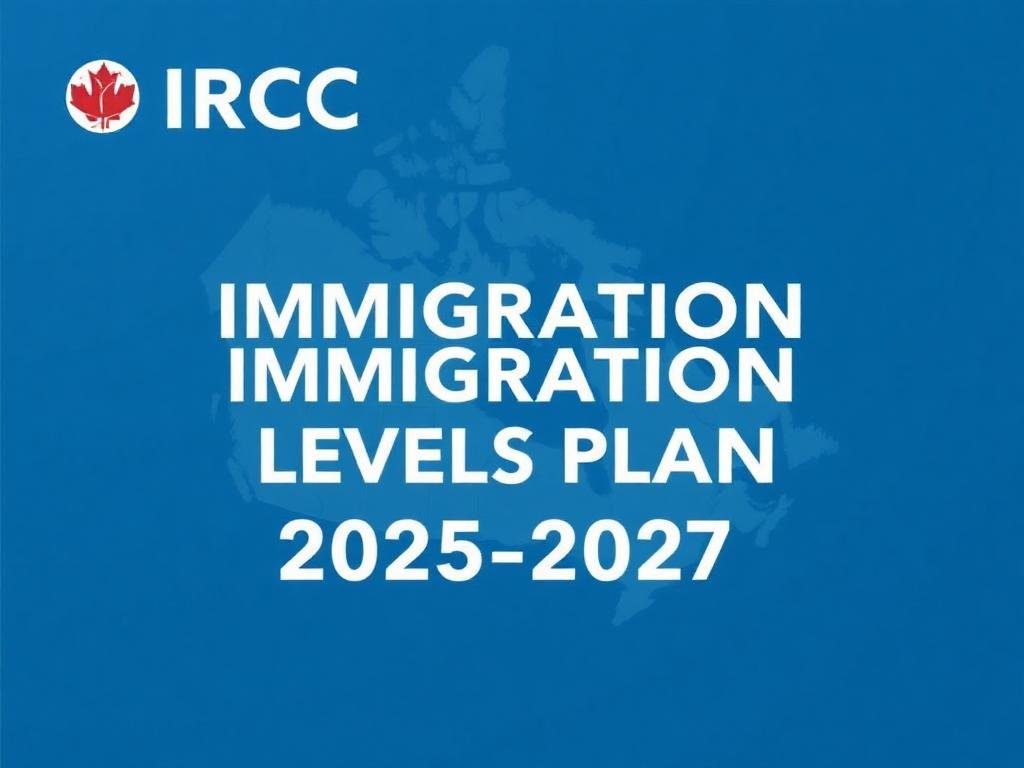Comprehensive Overview of Canada's 2025-2027 Immigration Levels Plan
On October 24, 2024, Immigration, Refugees and Citizenship Canada (IRCC) announced the details of the 2025-2027 Immigration Levels Plan. This strategic framework is designed to guide Canada’s immigration policy over the next three years, balancing the needs of the economy, labor market, and community capacity while ensuring that Canada remains a welcoming destination for newcomers.
2025-2027 Immigration Levels Plan
Objectives of the Immigration Levels Plan
The primary objectives of the 2025-2027 Immigration Levels Plan are to:
- Support Economic Growth: By attracting skilled workers and addressing labor shortages in critical sectors.
- Enhance Community Diversity: By promoting immigration that reflects Canada’s multicultural fabric, including support for Francophone communities outside Quebec.
- Facilitate Family Reunification: By maintaining strong pathways for family members to join their loved ones in Canada.
- Provide Humanitarian Support: By continuing Canada’s tradition of offering refuge to those in need.
Key Components of the Immigration Levels Plan
| Category | 2025 | 2026 | 2027 |
|---|---|---|---|
| Permanent Resident Admissions | |||
| Overall Target | 395,000 | 380,000 | 365,000 |
| Economic Immigration | |||
| - Federal Economic Priorities | 41,700 | 47,400 | 47,800 |
| - In-Canada Focus | 82,980 | 75,830 | 70,930 |
| - Family Class | 94,500 | 88,000 | 81,000 |
| - Refugees and Protected Persons | 58,350 | 55,350 | 54,350 |
| - Humanitarian & Compassionate | 10,000 | 6,900 | 4,300 |
| Temporary Resident Admissions | |||
| Overall Target | 673,650 | 516,600 | 543,600 |
| - Workers (Total) | 367,750 | 210,700 | 237,700 |
| - International Mobility Program | 285,750 | 128,700 | 155,700 |
| - Temporary Foreign Worker Program | 82,000 | 82,000 | 82,000 |
| - International Students | 305,900 | 305,900 | 305,900 |
| Francophone Immigration | 8.5% (29,325) | 9.5% (31,350) | 10% (31,500) |
Detailed Breakdown of Key Components
Permanent Resident Admissions:
Overall Targets: The plan sets ambitious targets for permanent resident admissions, with a gradual decrease from 395,000 in 2025 to 365,000 in 2027. This reflects a strategic alignment with labor market needs and community capacity.
Economic Immigration: Nearly 62% of permanent resident admissions will be from the economic category by 2027, focusing on skilled workers in sectors like healthcare and skilled trades.
Temporary Resident Admissions:
Overall Targets: The plan anticipates a total of 673,650 temporary residents in 2025, with a significant drop in 2026, followed by a slight increase in 2027. This includes international students, who will make up a large portion of these admissions.
International Students: The plan emphasizes the importance of international students, with targets set at 305,900 for each year from 2025 to 2027.
Family Reunification:
The family category will maintain a steady rate of 22% of overall permanent resident admissions, ensuring that families can remain connected.
Refugees and Humanitarian Admissions:
The plan sustains commitments to resettle refugees, with 15% of overall permanent resident admissions allocated to Government Assisted Refugees and other protected persons.
Francophone Immigration:
The plan includes increased targets for French-speaking permanent residents outside Quebec, aiming for 8.5% in 2025, 9.5% in 2026, and 10% in 2027.
Conclusion
The 2025-2027 Immigration Levels Plan reflects Canada's commitment to a well-managed migration system that supports economic growth, addresses labor market shortages, and fosters community diversity. By aligning temporary and permanent resident admissions with the needs of the economy and society, Canada aims to create a balanced and inclusive immigration framework.

